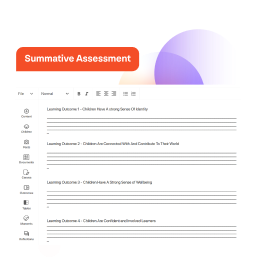Milestone-based summative assessments in Xplor Education’s Playground are an effective tool for educators. These assessments help track a child’s learning progress. They also document development over time.
The assessments provide a comprehensive snapshot of each child’s achievements. This documentation helps ensure smooth transitions when children move between rooms. They also support transitions to school.
This blog will guide you through creating milestone-based summative assessments in Playground. It will explain each step clearly and provide examples to help you get started.
Understanding milestone-based summative assessments
Summative assessments are typically conducted at the end of a learning period. For example, this might happen at the end of a term, semester or year. These assessments summarise a child’s progress across different areas of development. These may include physical, cognitive and social-emotional skills.
In Playground, a milestone-based summative assessment uses a set of predefined developmental milestones. They’re used to track a child’s progress. These milestones align with ACECQA’s approved early learning frameworks. They help educators document a child’s journey towards meeting developmental goals.
Milestone-based assessments offer clear benefits. They provide a structured way to track each child’s development. They flag concerns that enable early intervention, which helps ensure children are continuously set up for success. This tracking happens over time.
The assessments also make sharing easier. Educators can share insights with families or other educators. Future school teachers benefit from these insights, too. This helps ensure continuity in care and education.
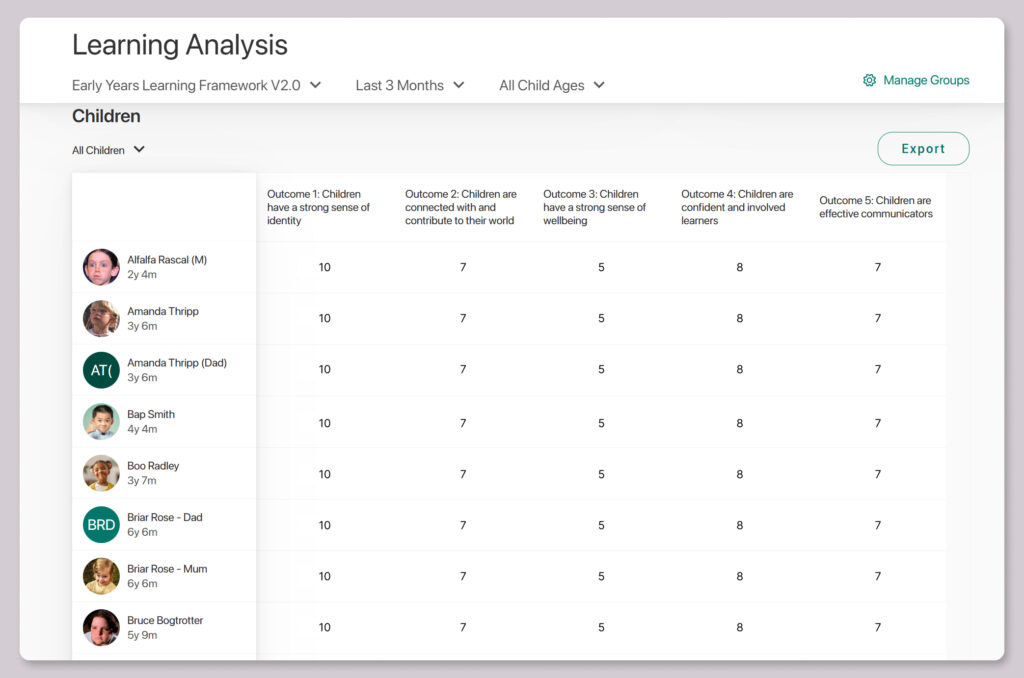
Setting up your Playground platform for milestone-based assessments
You need to set up Playground first and ensure it can track milestones. This must happen before creating assessments. Here’s how to do it:
Step 1: Accessing the Playground web platform
Log in to your Playground account on the web. This will be your primary platform for completing programming, documentation and learning assessments.
Step 2: Adding the milestone tracker
The milestone tracker is an essential feature for milestone-based assessments. To enable this, follow these steps:
- Navigate to tables in the documentation section and locate the milestone tracker.
- Choose your age ranges for the children you’re working with. For example, you might select milestones for children aged 3 to 5, 5 to 7 or any other age group relevant to your service.
- The milestone tracker includes physical, social-emotional and cognitive development milestones. These are broken down by age.
Once the milestone tracker is set up, you’ll be able to use it to track a child’s development across these key areas.
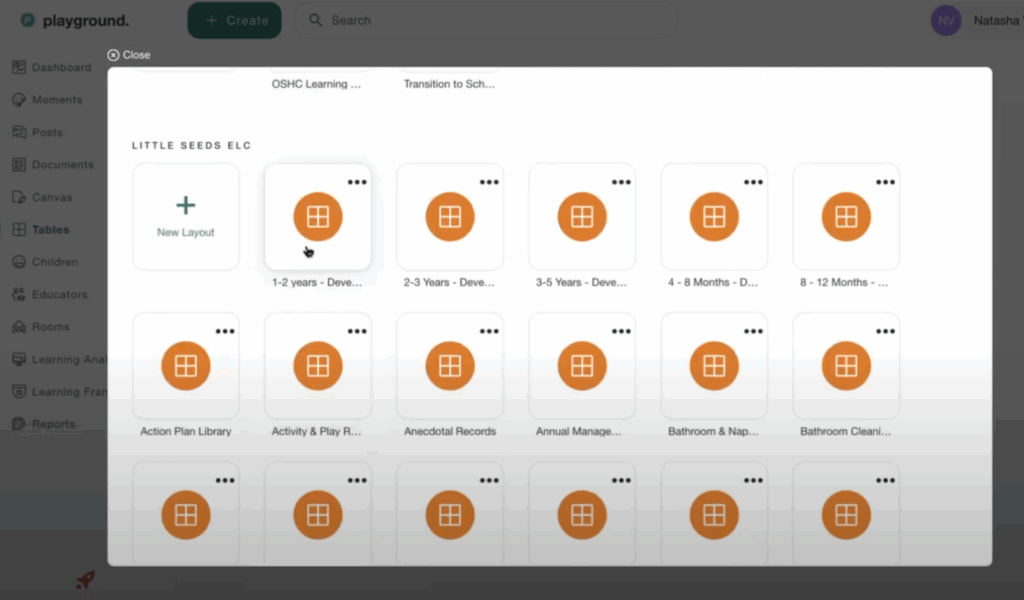
Creating your milestone-based summative assessment
Once you’ve set up the milestone tracker, you’re ready to document a child’s development. Here’s a detailed breakdown of how to create a milestone-based summative assessment.

Step 3: Select the child’s profile
To begin, select the child for whom you are creating the summative assessment. Each child in your Playground system has a unique profile. Their profile includes their individual milestones, progress and other learning data.
- You will see various tabs under the child’s profile. They contain information on the child’s milestones, observations and daily learning reports.
- Select the milestone tracker in the profile to begin documenting the child’s progress.
Step 4: Choose the milestones
Each milestone corresponds to a specific developmental goal the child is working towards. For example:
- Physical Development: Milestones could include activities like running, jumping or balancing.
- Cognitive Development: Milestones might cover problem-solving abilities, language skills or memory.
- Social-Emotional Development: How a child interacts with peers, follows rules and expresses emotions.

Each developmental area includes a set of milestones. As you assess the child, you can mark whether they
- Have achieved the milestone.
- Are working towards it.
- Have not yet met the milestone.
Step 5: Documenting the child’s progress
For each milestone, you can add documentation that supports the assessment. This can include:
- Learning Observations: Document specific activities or behaviours that show the child’s progress.
- Photographs or Videos: Upload media to show examples of the child achieving milestones.
- Notes: Add any additional context or details that explain the child’s development in relation to the milestone.
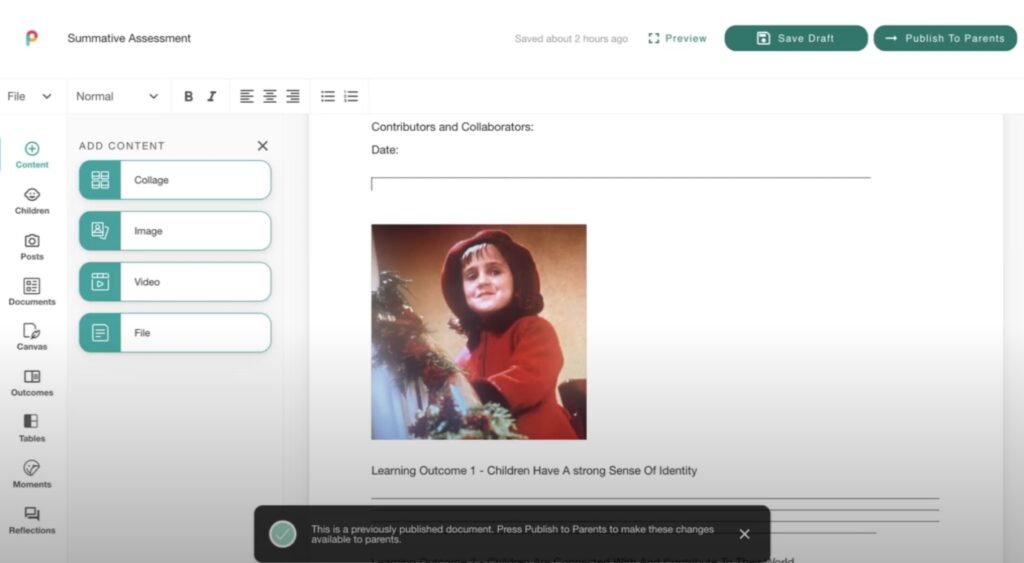
For example, suppose a child is working on a physical milestone, such as balancing. In that case, you might upload a photo or video of the child practising balance activities. You can include a note about how they’ve improved over time.
Step 6: Collaborating with other educators and families
Collaboration is key when creating comprehensive assessments. Playground allows you to involve multiple educators in the process. To do so, simply add them as collaborators on the child’s profile.
- Tag educators who have worked with the child. Ask them to contribute their observations or add notes on specific milestones.
- If sharing the summative assessment with families, ask them also to contribute insights. Families can share valuable information about the child’s progress at home. This can complement what you’ve observed in the learning environment.
Step 7: Finalising the summative assessment
Ensure you’ve gathered all the evidence and feedback. Then you can create the summative assessment. Playground offers several layout options for organising these assessments:
- Documents: Ideal for creating a detailed, narrative-style assessment. You can include extensive notes, references to other documents and a child’s photo.
- Tables: Provides a more structured overview of milestones. This layout is excellent for summarising progress in a clear, easy-to-read format.
- Canvas: Allows you to be more creative. You can visually represent the child’s progress with shapes, colours and images.
Step 8: Reviewing and editing
After creating the summative assessment, take some time to review the entire document. Ensure that all milestones have been addressed and that the evidence is well-organised.
- Playground allows you to edit and update the assessment even after it’s been saved. This is important for maintaining accuracy. It also ensures the assessment remains up to date.
Step 9: Sharing the summative assessment
Once finalised, you can share the assessment in several ways:
- Print it: You may need a physical copy (e.g., for school transitions). Playground allows you to print the document and share it with the relevant parties.
- Publish to Families: If the assessment is ready to be shared with guardians, you can publish it to their Home app. Guardians can then view the assessment and provide their feedback.
- Internal Sharing: Educators can also access the assessment via Playground. This ensures everyone involved in the child’s development has access to the information.
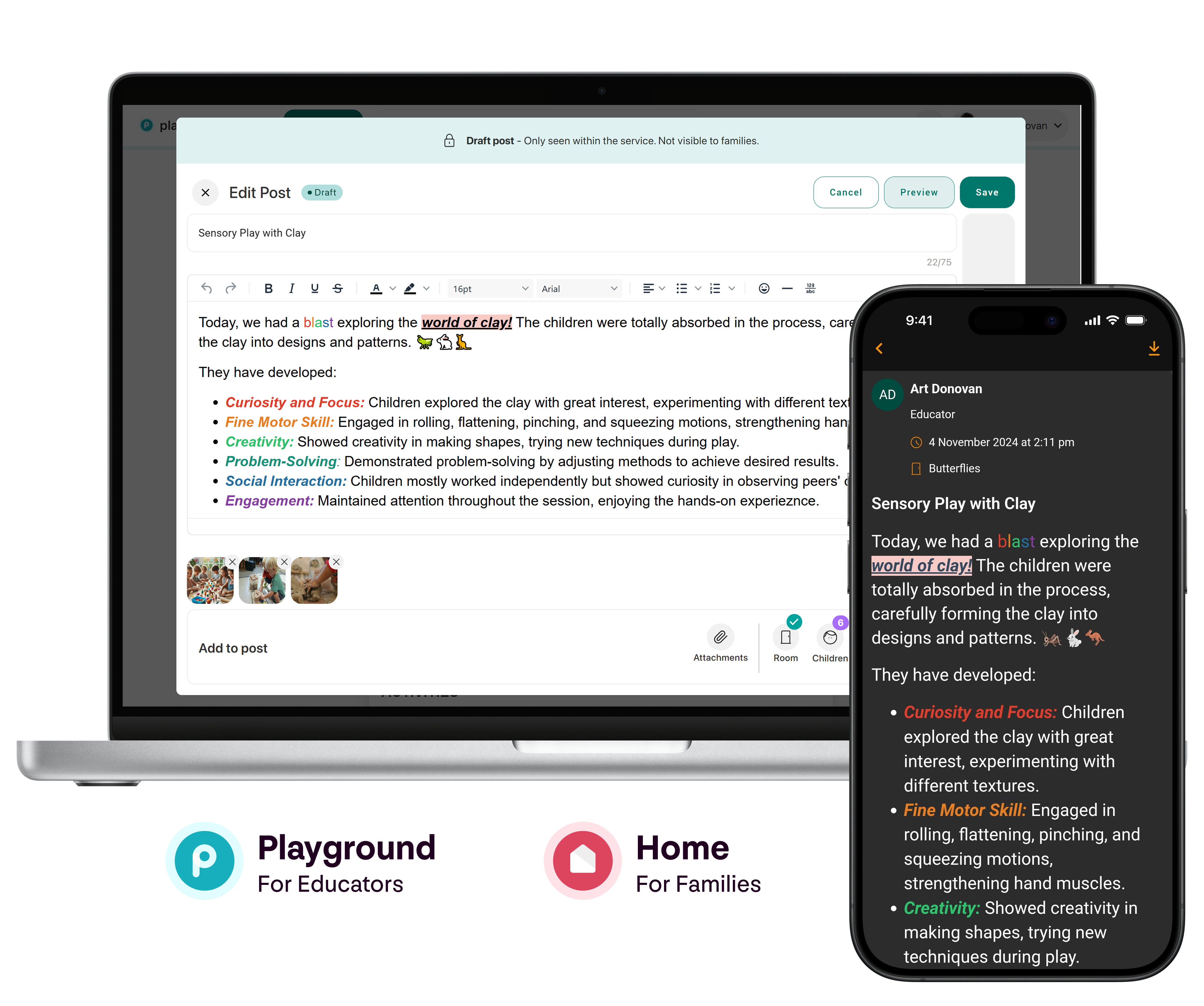
Milestone-based summative assessments are a great option for several reasons
Creating milestone-based assessments in Playground is simple and effective. They help track each child’s progress. They also ensure children are ready for their next learning stage.
The Playground platform provides educators with powerful tools for documenting developmental milestones. They can collaborate with others and quickly share information. This makes supporting children during transitions much easier.
Following step-by-step instructions helps create better assessments. These assessments become comprehensive and meaningful. They guide both educators and families, helping support the child’s growth and development.
Milestone-based assessments work for different transitions. Children may be moving to a new room or preparing for school. Milestone-based summative assessments in Playground ensure children’s learning journeys continue smoothly and successfully.
Learn more about how Playground can help educators document each child’s learning more efficiently.
You might also be interested in…

Blog
How educators can use Playground Posts to enhance family engagement
Effective communication between educators and families is essential for fostering a strong connection. It’s also critical for keeping guardians informed ….
Read more

Blog
Three reasons you should be using Playground to help your childcare centre succeed
Running a childcare centre is a complex and demanding task requiring significant staff effort and time. Typical duties such as ….
Read more

Blog
In-app programming and planning—now available in Playground
Now educators can get more done, even when on the move with in-app programming and planning. Playground, Xplor Education’s educator ….
Read more

by Dean Comeau (Marketing Team Lead)
-
First published: 29 August 2025
Written by: Dean Comeau

